Key takeaways
- Most homeowners should have enough homeowners’ insurance to cover the full replacement cost of their home.
- Policies should include dwelling, personal property, liability, and additional living expenses coverage.
- Tools like insurance calculators and professional appraisals help estimate how much homeowner’s insurance you really need.
- Review your coverage limits each year, especially after home improvements or major purchases.
- Comparing multiple insurers helps balance the cost of homeowners’ insurance with the right level of protection.
Understanding why home insurance matters
According to the Insurance Information Institute, around 85% of U.S. homeowners have insurance to protect against losses from fire, theft, or natural disasters. However, many policies don’t provide enough protection, leaving families underinsured when disaster strikes.
If you’ve ever wondered, “How much homeowners insurance do I need?” the answer depends on your home’s replacement cost, your personal belongings, and your financial goals. The right policy ensures you can rebuild, recover, and maintain your financial stability, without paying more than you should for coverage.
This guide will help you understand how much homeowner’s insurance is appropriate for your situation, how to estimate your coverage needs, and how to balance the cost of homeowners’ insurance with the right level of protection.
Step 1: Calculate your home’s replacement cost
To know how much homeowners’ insurance you need, start by calculating your home’s replacement cost, the amount it would take to rebuild your house from the ground up at today’s prices. This figure is different from your home’s market value and forms the foundation of your coverage.
Your home’s replacement cost typically includes:
- Construction and labor costs in your area
- Building materials, such as roofing, flooring, and fixtures
- Unique features, like fireplaces, built-in cabinetry, or specialty finishes
Pro tip: Ask your insurance company for a replacement cost estimator or hire a professional appraiser to get an accurate value. This ensures your coverage matches your home’s true rebuild cost and helps you avoid being underinsured.
Coverage type
What it means
Pros
Cons
Replacement cost
Pays the amount needed to rebuild your home at today’s construction costs.
Ensures full rebuilding; avoids depreciation losses.
Premiums are usually higher.
Market value
Reflects what your home would sell for, including the land.
Easy to understand; tied to real estate values.
Often lower than rebuild cost; not a true measure of insurance need.
Actual cash value
Pays the replacement cost minus depreciation.
Cheaper premiums; some coverage is better than none.
Leaves you paying out-of-pocket for depreciation costs.
Best practice: Choose replacement cost coverage for the most complete protection; it provides the best balance between cost and coverage.
Example: How much home insurance you may need by home value
Home value
Estimated replacement cost coverage
Personal property coverage (50–70%)
Recommended liability coverage
$250,000
$250,000
$125,000 – $175,000
$300,000
$500,000
$500,000
$250,000 – $350,000
$300,000 – $500,000
$1,000,000
$1,000,000
$500,000 – $700,000
$500,000+
Note: These are general estimates. Your exact coverage needs depend on construction costs, local housing prices, and personal assets.
Step 2: Estimate personal property coverage
When deciding how much homeowners’ insurance you need, don’t overlook your personal property coverage, the part of your policy that protects your belongings inside the home. Most homeowners’ insurance policies cover 50% to 70% of your dwelling coverage for personal items, including:
- Furniture, electronics, and appliances
- Clothing, décor, and home goods
- High-value possessions like jewelry, collectibles, or artwork, which often require additional riders
Tip: Create a detailed home inventory with photos, receipts, and serial numbers. This helps you estimate coverage needs accurately and can also speed up claims in case of a loss.
The cost of homeowners’ insurance may increase slightly when you add more personal property coverage, but it ensures you won’t have to pay out of pocket to replace essential items after a covered event. For many homeowners, that peace of mind is well worth the extra premium.
Step 3: Review liability protection
Liability coverage is one of the most important parts of your homeowners’ insurance policy because it protects you if someone is injured on your property or if you accidentally damage someone else’s belongings. When asking yourself how much homeowners’ insurance do I need, make sure your liability protection aligns with your total assets and lifestyle.
Experts typically recommend at least $300,000 in liability coverage, but many homeowners choose $500,000 or more, especially if they own significant assets or have high-income occupations. This extra coverage helps protect your savings, home equity, and future earnings in the event of a lawsuit.
Tip: If you want added peace of mind, consider an umbrella policy, which extends your liability coverage beyond standard homeowners insurance limits. While this can increase the cost of homeowners’ insurance, it offers stronger financial protection in case of serious claims or accidents.
Step 4: Don’t forget additional living expenses
If your home becomes uninhabitable after a covered loss, your policy’s Additional Living Expenses (ALE) coverage pays for temporary housing, meals, and other essential costs. This part of your plan is easy to overlook, but it is crucial when calculating how much homeowners’ insurance you need.
Your ALE coverage should be high enough to support your household for several months. Consider the cost of living in your area, the number of family members, and any pets or special needs that may increase expenses.
Tip: Review your policy to make sure it covers expenses like rent, utilities, transportation, and meals. Some insurers cap ALE coverage at a percentage of your dwelling limit, so confirm those details in writing to avoid unexpected costs.
The cost of homeowners’ insurance may increase slightly with higher ALE limits, but the protection it provides during a crisis is well worth the investment.
Step 5: Reassess your coverage regularly
Your insurance needs change over time, so it is important to review your policy at least once a year or after any major home updates. Regular reviews ensure that your coverage reflects your property’s true value and your current financial situation.
Consider updating your policy after:
- Home renovations or additions
- Purchasing expensive electronics or furniture
- Significant lifestyle changes, such as working from home or adding a family member
Tip: Schedule an annual insurance checkup with your agent to discuss how much homeowner insurance you currently carry and whether your limits still meet your needs. Adjusting coverage proactively helps prevent being underinsured and keeps the cost of homeowners’ insurance aligned with your budget.
Frequently asked questions about home insurance coverage
- How much homeowners’ insurance do I need?
You should have enough homeowners’ insurance to cover the full replacement cost of your home, including labor, materials, and special features. This ensures you can rebuild after a total loss without paying out of pocket. Most homeowners also include personal property coverage for belongings and liability coverage for financial protection. - How do I know if I have enough coverage?
Compare your current coverage limits to the estimated replacement cost of your home. If your dwelling limit is lower than today’s construction costs, you may be underinsured. Using an online insurance calculator or hiring an appraiser can help determine how much homeowner’s insurance you truly need. - Is market value the same as replacement cost?
No, they are different. Market value includes the price of your home and the land, while replacement cost only covers the expense to rebuild the structure. Homeowners’ insurance is based on replacement cost, not market value, because land does not need to be rebuilt. - How much does homeowners’ insurance cost?
The cost of homeowners’ insurance varies based on factors such as location, home value, coverage limits, and deductible amount. According to the Insurance Information Institute, the average annual premium in the United States is roughly $1,400, but this can be higher or lower depending on your state and risk profile. - How often should I update my homeowners’ insurance policy?
Review your policy at least once a year or after any major home upgrades, such as renovations or large purchases. This ensures your coverage accurately reflects your property’s current value and prevents gaps in protection.
Conclusion: Protect your home with the right coverage
The right amount of homeowners’ insurance should fully cover your home’s replacement cost, your personal belongings, liability, and additional living expenses. By understanding how much homeowners’ insurance you need, you can make confident coverage decisions that protect your home and your financial stability.
Take time to compare quotes, review your policy annually, and adjust coverage after home improvements or major purchases. These simple steps ensure you’re never underinsured and that the cost of homeowners insurance you pay matches the value of the protection you receive.
When you find the right balance between coverage and cost, you’re not just insuring your house, you’re securing peace of mind.
The post How Much Home Insurance Do I Need: 5 Steps to the Right Coverage appeared first on Redfin | Real Estate Tips for Home Buying, Selling & More.



